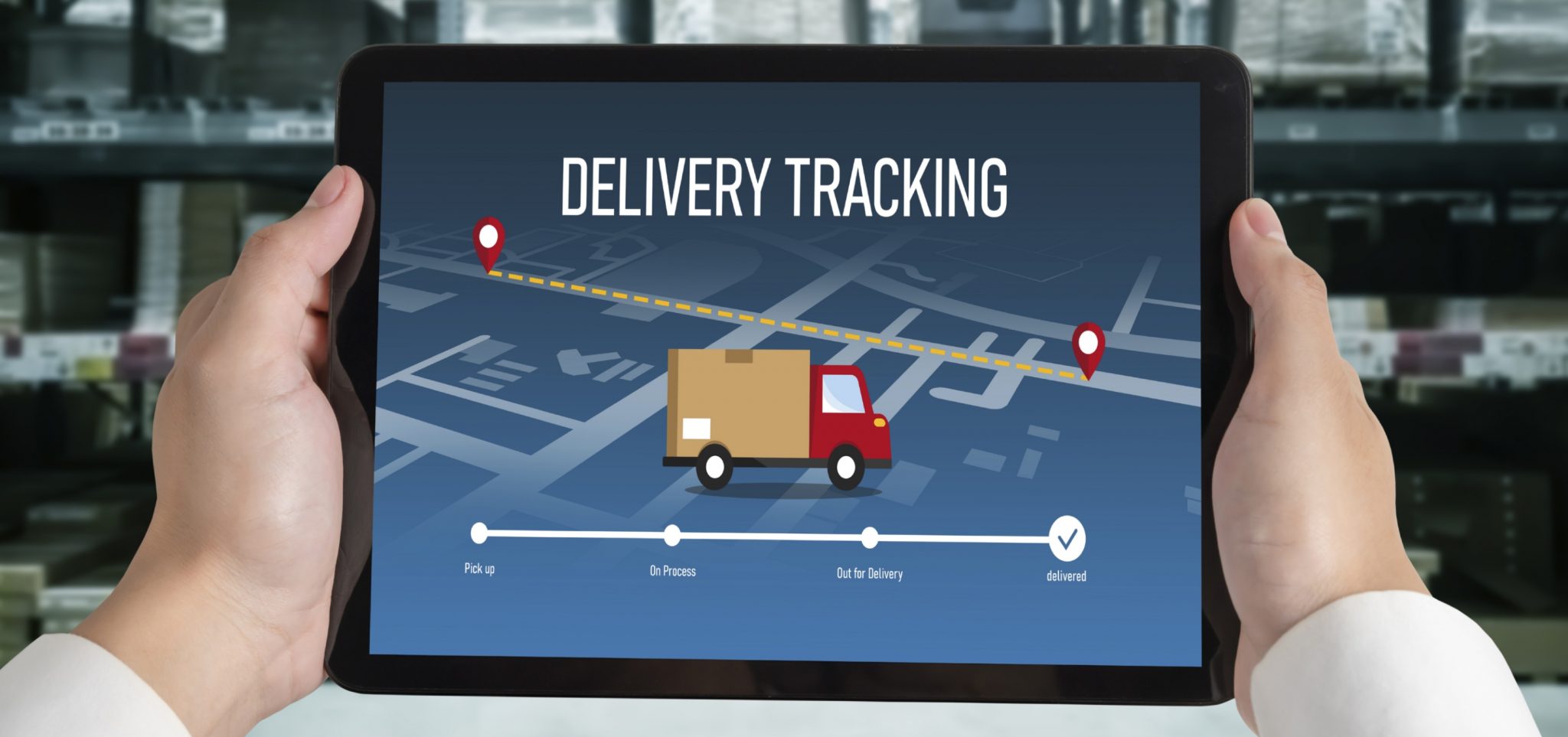Sendung mit reduzierter sendungsverfolgung : Shipment with reduced tracking – What does that actually mean?

Introduction to the world of shipment tracking
Shipment with reduced tracking in our modern world, we’re accustomed to tracking every order, every package, and even the smallest letter digitally. One click, and we know: “My package is in the distribution center,” or “The courier is on its way.” But sometimes, we come across a somewhat cryptic phrase in the shipping status: “Shipment with reduced tracking.” For many, this initially sounds like a restriction or even a problem. But don’t worry—there’s nothing dramatic behind it, just a deliberately simplified way of tracking shipments.
To better understand the whole thing, you should first understand how traditional shipment tracking works. With every movement of a shipment—be it during scanning at the logistics center, transport to another depot, or loading into the delivery driver’s vehicle—data points are recorded. These then appear in the app or on the shipping company’s website. However, not every shipping service provider needs or wants to make all stations visible. This is precisely where “reduced shipment tracking” comes into play.
The concept is interesting not only for shipping companies, but also for customers. It saves costs, data volume, and sometimes even hassle, because there are fewer intermediate steps and you’re not so fixated on every little update. However, it does raise questions – and we’ll examine them in detail.
What does “reduced tracking shipment” mean?

Shipment with reduced tracking specifically, this wording means: While the shipment is recorded in the system and can be tracked at certain stages, not all stages of the journey are displayed in the tracking. Instead of a detailed list, you only receive the most important updates—for example, the time of posting, the arrival status in the destination country, and the final delivery.
Shipment with reduced tracking for many consumers, this is initially unfamiliar because they feel less in control. However, this type of tracking actually makes sense, especially for certain types of shipments. Small, inexpensive packages or international letters are often sent this way.Shipment with reduced tracking,the reason is simple: It’s not economically viable to document every single step when shipping costs are low.
Another point: Some countries or partner services abroad don’t collect data as detailed as large logistics companies. Therefore, if a package is sent abroad, tracking may be reduced to a minimum simply because more information isn’t available. This isn’t a “bug” in the system, but rather a deliberate or necessary reduction.
Benefits of reduced shipment tracking
Even if it sounds paradoxical, less information can sometimes be an advantage. Who hasn’t experienced updating their tracking information daily and getting frustrated because their package remains in the same status for hours? Reduced tracking eliminates this stress by revealing only the most important information.
Shipment with reduced tracking another advantage is cost. Shipping companies save money by reducing data usage and can therefore offer lower rates. Shipment with reduced tracking ,this is particularly interesting for online shops that ship many small products. Instead of documenting every step, it’s enough to know: “The shipment has been sent” and “It has been delivered.”
Reduced tracking can also be interesting from a data protection perspective. The less data collected and transmitted, the lower the risk of misuse. This can be a plus, especially in a time when cybercrime and data leaks are not uncommon.
Disadvantages and possible uncertainties
Of course, there’s a downside to this. Many customers are now so accustomed to detailed updates that reduced tracking creates uncertainty. After all, you want to know whether your package has already arrived in the country or whether it might be stuck somewhere. If this information is missing, you quickly feel in the dark.
In addition, in the event of problems, it can be difficult to trace the exact whereabouts of the shipment. While full tracking documents every stage of the shipment, reduced tracking often leaves you with only the most recent, rough status. This can make it difficult to clarify delays or losses.
Shipment with reduced tracking ,another disadvantage is the lack of transparency for international shipments. Especially when customs clearance is involved, it’s helpful to have accurate status updates. With reduced tracking, on the other hand, you see very few updates, which makes the wait seem longer and more impatient.
Typical applications for reduced shipment tracking
This form of tracking is most commonly used for small shipments . These include small parcels, books, or goods, as well as international letters containing small items. The effort of documenting every stage of the shipment would simply not be worthwhile given the low value of the goods.
A second area is international cooperation . When German shipping companies work with partner services abroad, not all tracking information is always synchronized. This automatically leads to a reduced tracking time, even if the package is technically scanned more often.
In addition, some online marketplaces and shops also deliberately use this method. It allows them to keep shipping costs low while still offering customers at least a rough tracking option—better than no tracking at all, but not as detailed as with premium shipping methods.
Tips for dealing with reduced tracking
Anyone expecting a shipment with reduced tracking should, above all, be patient. Since fewer status updates appear, it may occasionally seem as if the package has “disappeared.” In most cases, however, it simply reappears in the system once it reaches the destination country or is about to be delivered.
It’s also a good idea to keep an eye on the estimated delivery time instead of relying solely on tracking. Retailers usually provide an approximate timeframe—and this is often more accurate than the feeling you get from patchy updates.
Shipment with reduced tracking if you want to play it safe, you can choose a higher-quality shipping option when ordering. While the cost is slightly higher, you get seamless tracking and often insurance in case of loss. Everyone has to weigh up for themselves whether security or economy is more important.
Conclusion: More serenity with less data
The term “shipment with reduced tracking” is therefore neither a mistake nor a cause for panic. It simply describes a slimmed-down version of shipment tracking, which is particularly useful for inexpensive or international shipments. The customer receives less, but the most important information – from shipping to delivery.
Of course, this whole thing has its advantages and disadvantages. While on the one hand, you benefit from lower costs and less tracking stress, on the other, you have to live with uncertainty and less transparency. Shipment with reduced tracking knowing this allows you to better adjust your expectations and wait for delivery with more peace of mind.
Ultimately, the choice is up to the customer: they prefer a cheaper option with reduced tracking or more detailed, full tracking. In both cases, however, the shipment will arrive safely in the vast majority of cases – no matter how many status updates they see in between.



